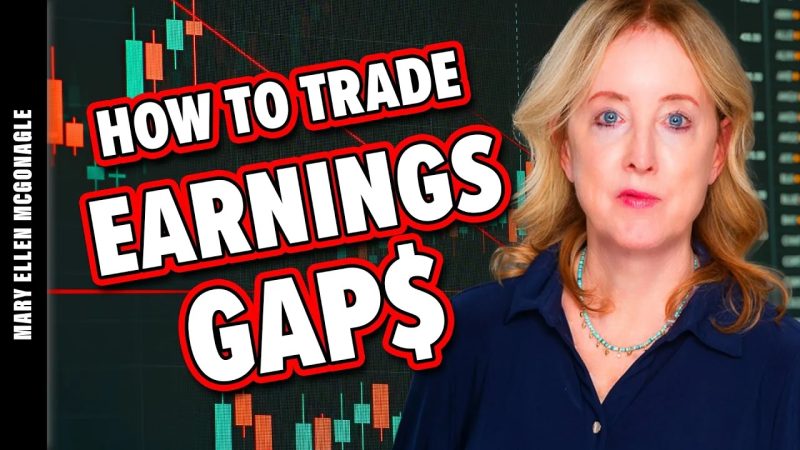In the world of trading, opportunities can arise in unexpected ways. One such opportunity lies in trading gaps – the price difference between the end of one trading session and the start of the next. Gaps can occur for various reasons, with one of the most notable being after a company reports its earnings. In this article, we will delve into the strategies involved in trading gaps up and down after earnings, exploring the potential risks and rewards that come with this approach.
Gaps up and down after earnings reports can be significantly profitable if traders can correctly anticipate the market reaction. When a company surpasses market expectations and reports positive earnings, it often leads to a gap up as investors bid up the stock in response to the good news. Conversely, if a company disappoints with its earnings, this can result in a gap down as investors sell off their positions.
One essential strategy in trading gaps after earnings is to assess the performance of the stock leading up to the earnings report. If a stock has been consistently gaining in the days or weeks preceding the earnings announcement, it may have already priced in some of the positive expectations, making a gap up less likely. In contrast, if a stock has been trending downwards, it could be oversold, setting the stage for a potential gap up if the earnings report exceeds expectations.
It’s crucial for traders to conduct thorough research on the company whose earnings report is imminent. By analyzing key financial metrics, industry trends, and market sentiment, traders can gain valuable insights into whether a gap up or gap down is more probable. Additionally, paying attention to analyst forecasts and conference call commentary can provide further clarity on the company’s future prospects.
Risk management is paramount when trading gaps after earnings, as the market’s reaction can be swift and unpredictable. Setting stop-loss orders and defining your risk tolerance before entering a trade can help protect your capital in the event of adverse price movements. Given the volatile nature of gaps, it’s also advisable to consider position sizing and diversification to mitigate potential losses.
Another useful strategy for trading gaps up and down after earnings is to monitor trading volume and price action following the gap. High trading volume can confirm the strength of the market reaction, while significant price movements can signal potential trend reversals. By observing how the gap is being filled – whether swiftly or gradually – traders can gauge the sustainability of the price movement and decide whether to enter, exit, or hold their positions.
In conclusion, trading gaps up and down after earnings reports presents a unique opportunity for traders to capitalize on market inefficiencies and investor sentiment. By combining fundamental analysis, technical indicators, and risk management strategies, traders can increase their chances of profiting from these high-impact events. However, it’s important to approach gap trading with caution and discipline, as the risks involved can lead to substantial losses if not managed effectively. With careful planning and prudent decision-making, traders can potentially turn earnings gaps into profitable trading opportunities.




























